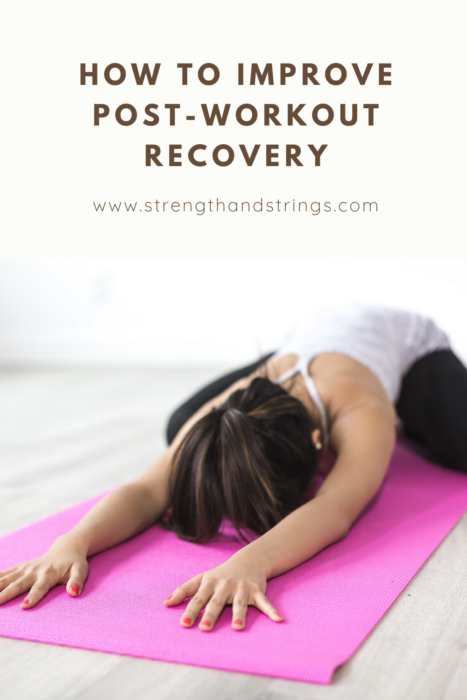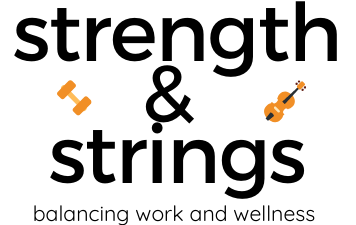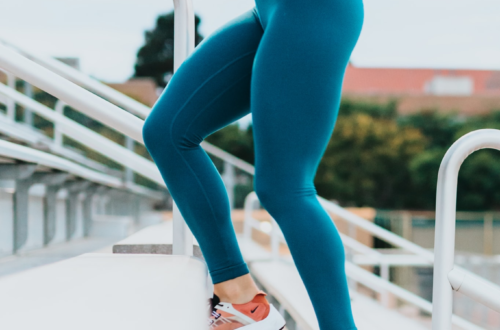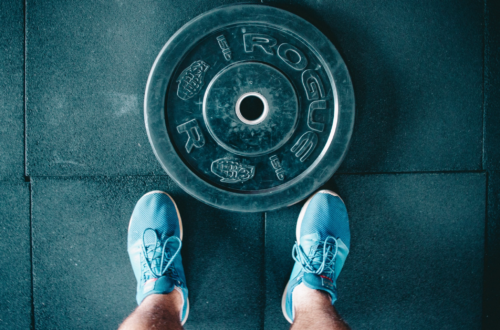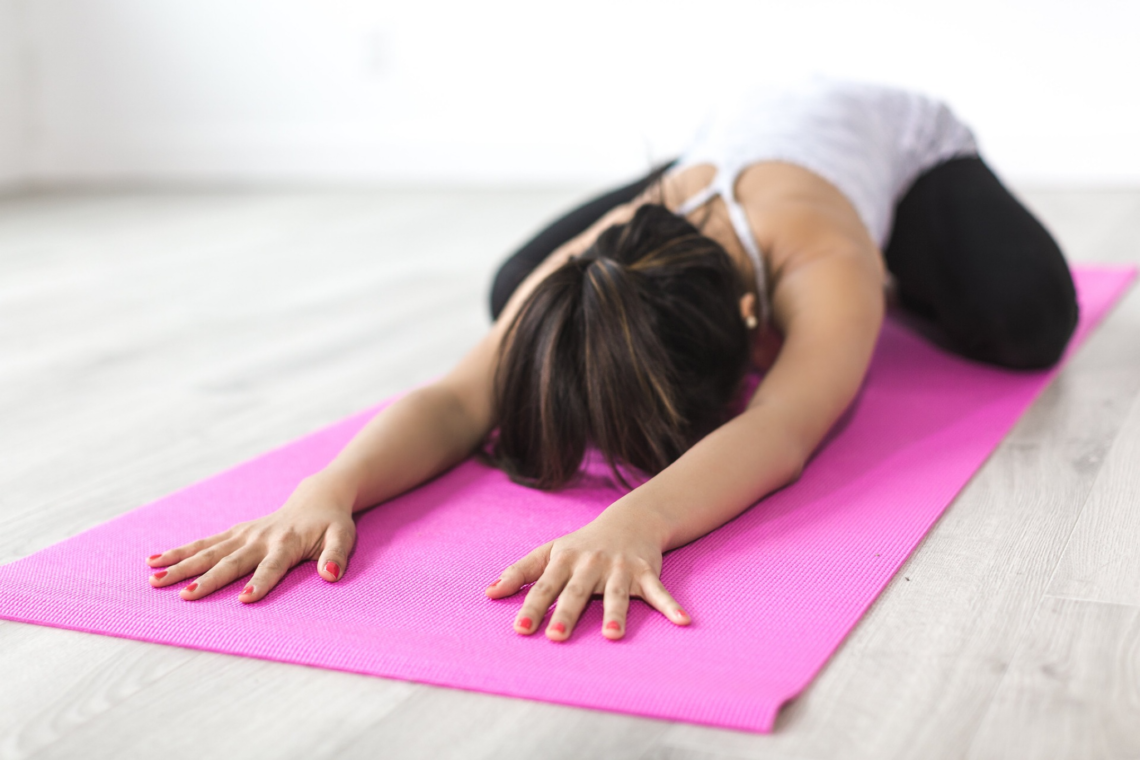
How to improve post-workout recovery
When it comes to exercise, we often focus on the workouts more than the recovery afterwards. Regardless of if you are a beginner or an experienced athlete, you have experienced sore muscles or delayed onset muscle soreness (DOMS) after a workout.
Although post-workout recovery can feel like a burden, taking the time to properly recover from your workouts can make a huge impact on your goals! Continue reading for some post-recovery tips that have worked for me.
I first learned about post-workout recovery from after-school sports in middle school. We would always end practice with a group stretch. My coaches always mentioned the importance of stretching and drinking enough water. However, I became less diligent about these things when I started working full-time since I barely had enough time to work out.
A few years later during my first bodybuilding competition prep, I was forced to take my post-workout recovery more seriously otherwise I would not be able to maintain the intense regimen. Although this list may seem complicated, the following tips are easy to implement into your daily routine.
Tips for improving post-workout recovery
Stay hydrated. Aside from its effects on cognitive functions, proper hydration is essential for transporting nutrients throughout the body and supporting joints, skin, and body tissue.
Eat enough protein. When we strength train (e.g. weightlifting), muscles develop micro tears in response to the stimulus (e.g. a dumbbell). Protein is an essential macronutrient responsible for muscle and tissue growth, maintenance, and repair. Essentially, eating enough protein will help your muscles heal. Your daily protein intake should be 10 to 35 percent of your total calories, or a minimum of .36 for every pound of body weight. This number is dependent on your activity level and frequency of exercise.
Stretch after your workout and on recovery days. Incorporating flexibility training into your exercise regimen can help decrease muscle soreness, relieve joint stress, improve muscle extensibility and maintain the functional length of all muscles. In addition to stretching after my workout, I like to do short yoga sessions on my rest days.
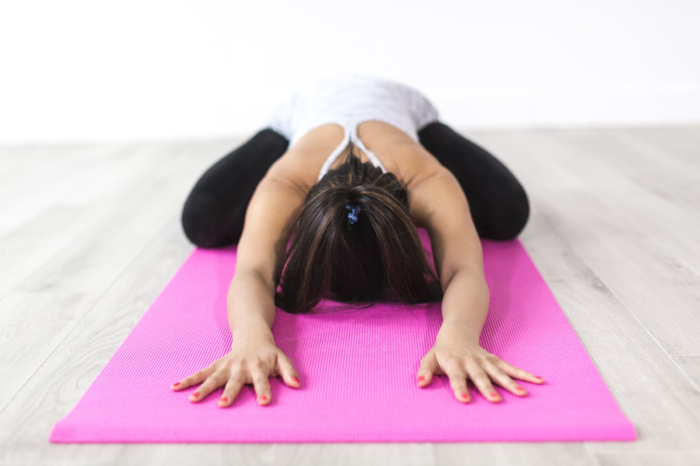
Use sport massage therapy. I was introduced to sports massage therapy after my first bodybuilding competition. This is different from a traditional massage designed for muscle relaxation. Sport massages are designed to release tight muscles in order to improve performance and prevent injury. After the first session, there was a notable difference in how I felt. This method only works best if you get massages regularly.
Make sure muscle groups are getting enough rest in between workouts. Ideally, each muscle group should have at least 48 hours of recovery time to prevent overtraining. After a particularly challenging workout, I find that I need three or four days to recover. My advice is to listen to your body and explore your ideal amount of rest in between workouts.
Get enough sleep. I know this is a difficult goal to reach but it is important! During sleep, our bodies use this time repair themselves. Basically less sleep = less recovery time. If you need tips on how to get a good night’s sleep, check out this blog post!
Final thoughts
Implementing a few of these tips will shorten your recover in-between workouts and help you reach your goals faster. Do you have a post-workout recovery routine? Which tip was the most helpful?
Source: Athletics and Fitness Association of America
